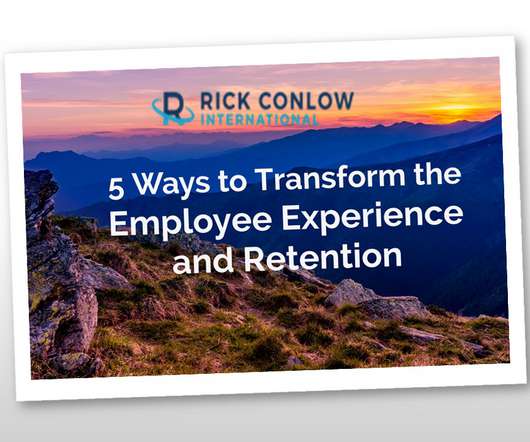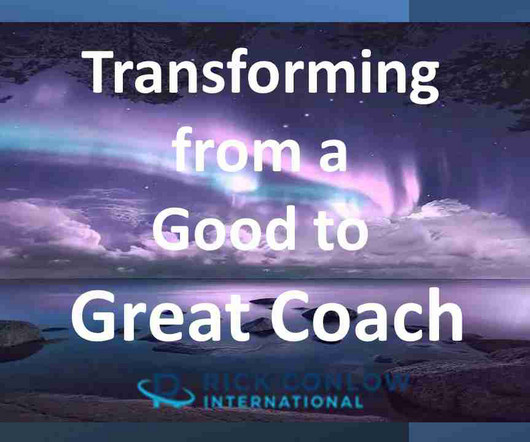5 Ways to Transform the Employee Experience and Retention
Rick Conlow
JANUARY 31, 2022
Seldom does a day go by without another story in the media about a leader–in government, religion or business–that bites the dust because of an ethical or behavioral failure. Research by the Jackson ROI Study proclaims that the more genuine recognition you give to employees the greater the impact on the bottom-line.












Let's personalize your content